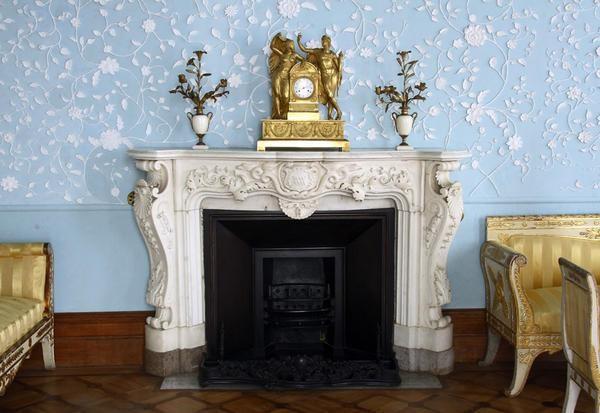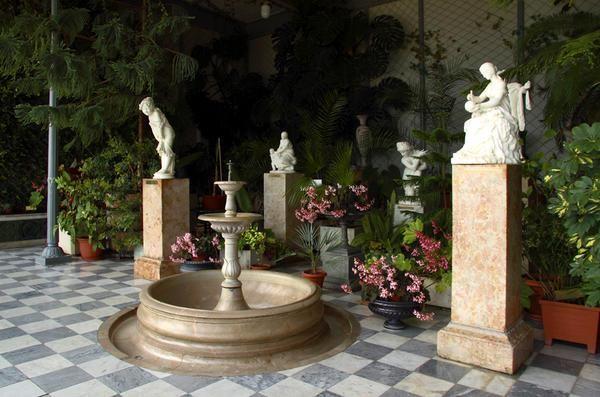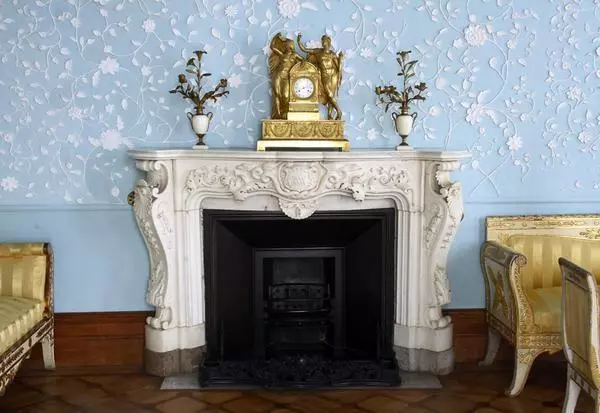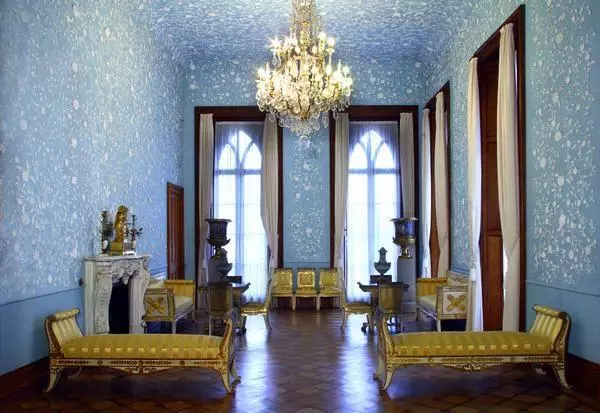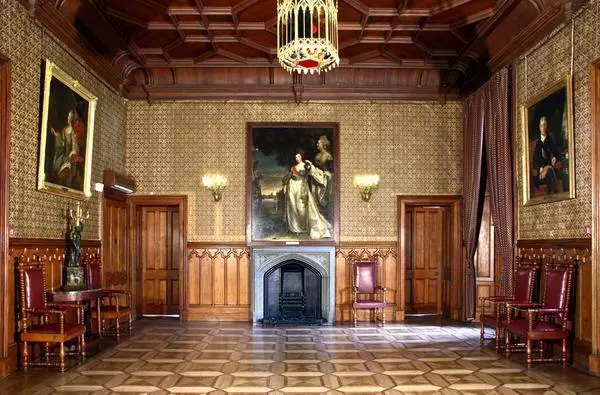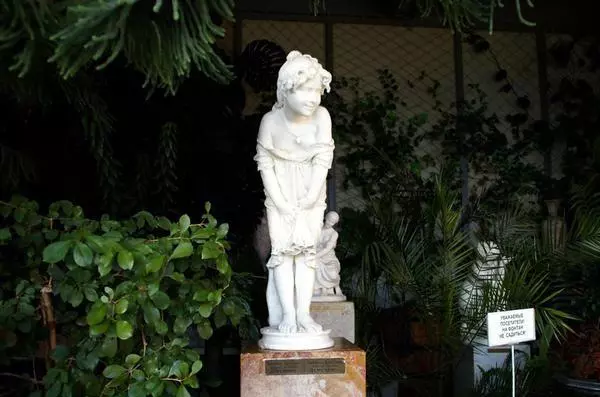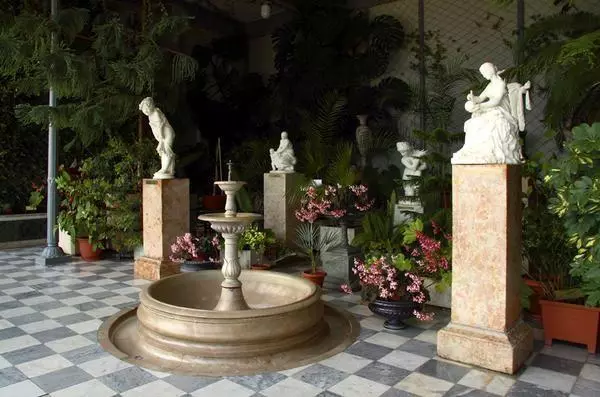Alupkin Palace and Park Museum-Reserve was established as a museum in 1990. The museum-reserve includes the Vorontsovsky Palace-Museum, the Alupkin Park-Monument of Garden and Park Art and the Massandrovsk Palace-Museum of Alexander III.
On the territory of the museum-reserve there are numerous monuments of cultural heritage, reflecting romantic trends in palace and park architecture of the first half of the 19th century.
The palace complex of the Vorontsovsky Palace in Alupka, consisting of five buildings, was built in 1828-1848 according to the design of English architect Edward Bloor for the Governor-General of the New Russia Region Count Mikhail Semisovich Vorontsov. The palace 's front halls, decorated in the style of the traditional English interior, almost completely retained their interior decoration.
Paintings and sculpture of Russian and Western European masters, various objects of decorative and applied art are displayed in the halls.
Blue living room
The unique identity of the Blue Living Room is given by the smallest stucco ornament of flowers and leaves, made under the guidance of the bondslave master Roman Furtunov. The elegant carved fireplace of white Carrara marble and furniture in the style of late Russian classicism perfectly match with the interior decoration.
On the territory of the museum-reserve there are numerous monuments of cultural heritage, reflecting romantic trends in palace and park architecture of the first half of the 19th century.
The palace complex of the Vorontsovsky Palace in Alupka, consisting of five buildings, was built in 1828-1848 according to the design of English architect Edward Bloor for the Governor-General of the New Russia Region Count Mikhail Semisovich Vorontsov. The palace 's front halls, decorated in the style of the traditional English interior, almost completely retained their interior decoration.
Paintings and sculpture of Russian and Western European masters, various objects of decorative and applied art are displayed in the halls.
Blue living room
The unique identity of the Blue Living Room is given by the smallest stucco ornament of flowers and leaves, made under the guidance of the bondslave master Roman Furtunov. The elegant carved fireplace of white Carrara marble and furniture in the style of late Russian classicism perfectly match with the interior decoration.


